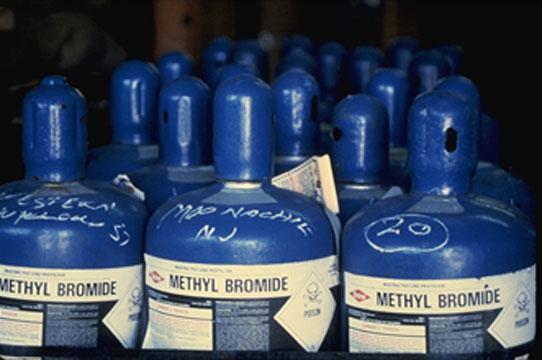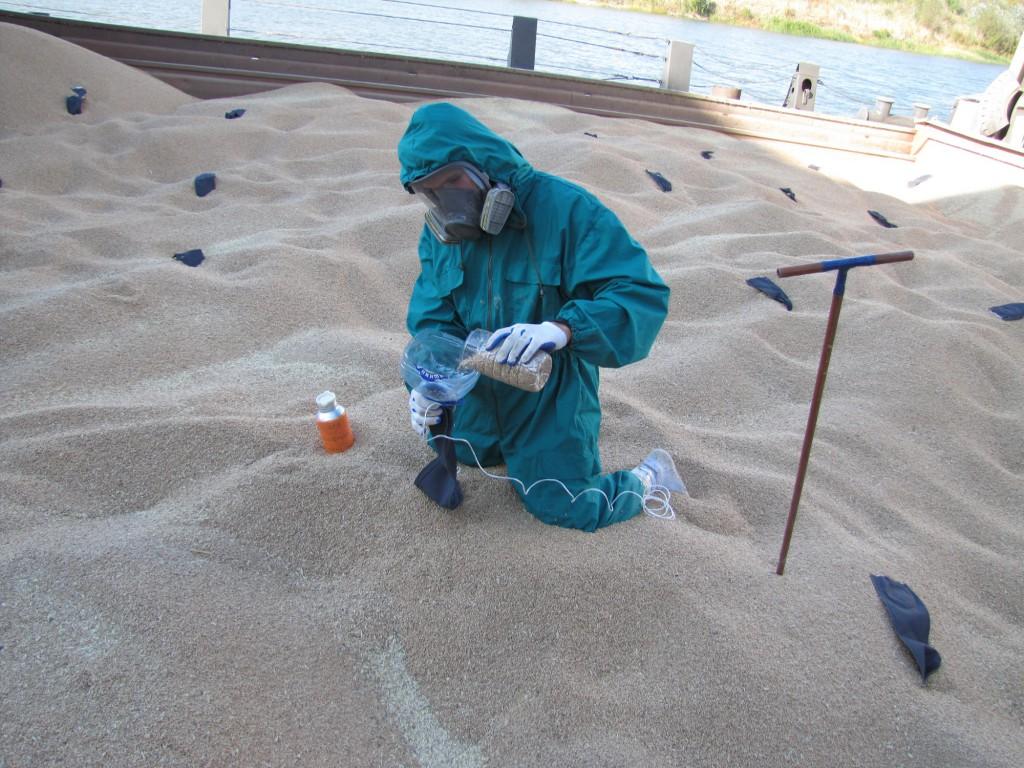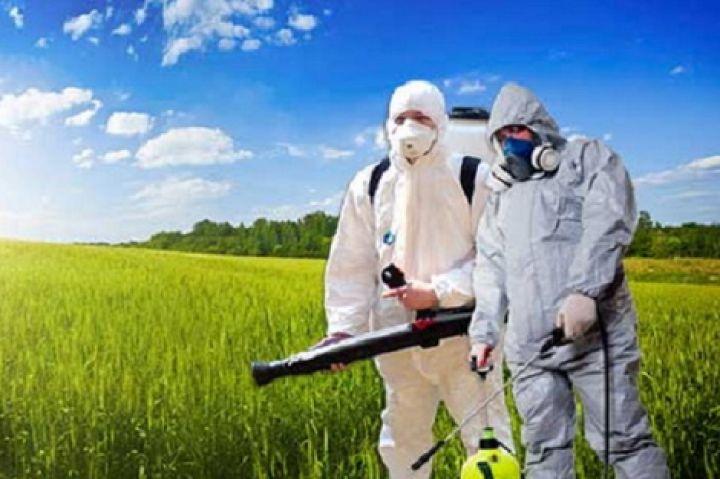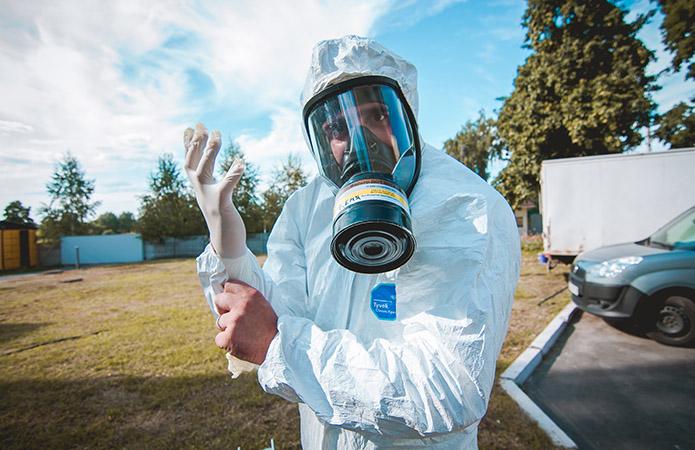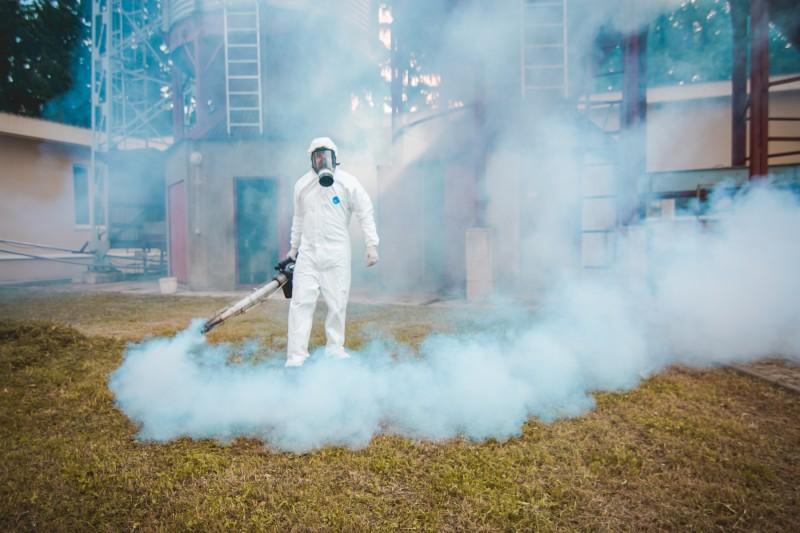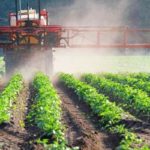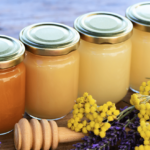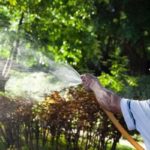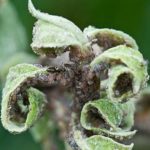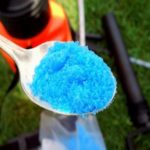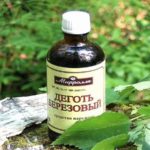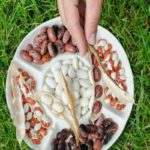Insecticides and fumigants, which can kill many types of pests, are widely used in agriculture. Let's consider the physical and chemical properties of methyl bromide, its effect on pests, application technology and safety precautions. In what preparations is this substance active, what compounds is it combined with, how to store it correctly.
Physicochemical characteristics
Methyl bromide has insecticidal, acaricidal and nematocidal properties, is used for fumigation, destroys pests of stocks, industrial wood, seedlings, cuttings and plant bulbs.
Methyl bromide is a colorless liquid, tasteless and odorless (chloropicrin is added to the gas for determination), dissolves in organic solvents, and is converted into gas at a temperature of 3.6-4.5 °C. Does not ignite when mixed with air.
Under certain conditions - high humidity and a temperature that falls below the boiling point of the substance, methyl bromide turns into a hydrate (crystallizes into a dense white mass). At temperatures below 10 °C, the hydrate begins to gradually decompose into gas and ordinary water.
Methyl bromide vapor is heavier than air, capable of penetrating into absorbent materials, but is absorbed by them to a weak extent and leaves freely when ventilated, remaining only on the surface, in the form of inorganic bromides. Their volume depends on the concentration of the product and the duration of exposure. Vapors penetrate into products, regardless of their degree of humidity.
The substance belongs to the class of monohaloalkanes, easily enters into substitution reactions, and reacts with other substances much better than methyl chloride.
Effect on harmful organisms
Methyl bromide is highly toxic to insects and mites and effectively destroys them when infecting products, boxes and vehicles. The action of the substance is classified as a nerve agent. It interacts with enzymes, disrupts redox reactions and carbohydrate metabolism.It acts not only on larvae and adults, but also on shelled eggs of pests.
The toxic effect, although strong, manifests itself slowly; the effectiveness of the treatment is fully visible only after a day. Insects do not develop resistance to the drug. If the concentration of the substance is below lethal, most of the insects will not die, but will be in a daze. Some species of scale insects and thrips are resistant to methyl bromide, but with increasing concentration and exposure, they also die.
Preparations containing methyl bromide (methyl bromide)
The compound contains the drug "Metabrom-RFO" in the amount of 980 g per liter. This is a gas that is used as a fumigant.
Application technology
The fumigant is used to treat grain and animal feed against pests that spoil stocks. Also against pathogens that spoil products in storage. For processing wood, planting material, fruits, grapes, legumes, pomegranates, tomatoes, cucumbers, copra, citrus fruits and potatoes. Containers that are sent for export are also processed.
Liquid methyl bromide is toxic to green plants and impairs seed germination, especially if they are wet and the concentration of the substance is high. It has a toxic effect on stone fruit seedlings and bulbs, corn, barley and, most of all, wheat.
If methyl bromide is used in the form of a gas and in normal concentrations, it does not form burns on plant leaves at temperatures up to 32 ° C, it does not damage vegetables and fruits, bulbs, tubers, strawberry mustaches and cuttings. The remaining gas from the food evaporates quickly.To reduce the likelihood of gas damaging the planting material, before treatment, the floor of the room should be moistened with water, the cuttings and seedlings should be sprayed, and the soil on the roots of the seedlings should be moistened so that they are not damaged.
Safety precautions for use
Methyl bromide is a highly toxic compound for animals and humans (class 1). In the victim’s body, it changes the composition of the blood and the functioning of the central nervous system, processes leading to the formation and breakdown of hydrocarbons, and greatly reduces the amount of glycogen in the liver.
The toxic effect is explained by the formation of methanol, as well as its processing products - formaldehyde, formic acid, and the formation of bromides.
The substance is irritating to the mucous membranes; If it gets on your skin, you should immediately wash it off with water. First of all, it affects the central nervous system, kidneys and lungs. Signs of poisoning at work: weakness, headache, nausea, tremors, unsteady gait, severe blurred vision, redness of the face, irregular pulse, low blood pressure. After work they may disappear, but after 2-12 hours or even within 1-2 days they begin again. When working with the substance, you need to wear protective clothing that does not fit tightly to the body, and a gas mask.
Compatibility with other substances
Methyl bromide is not recommended for mixing with any gases or for simultaneously using liquid or solid preparations for treatment.
Storage rules
In undamaged metal cylinders, gas can be stored for a very long time, almost unlimited time. Containers should be stored in special rooms for pesticides. You can store fertilizers in them; it is forbidden to store food, feed, and household products.
Methyl bromide is an effective fumigant for effective control of insects, mites and nematodes.It is used for processing grain, dry and fresh fruits, berries, animal feed, seedlings and cuttings, tubers, as well as wood and boxes. The substance is toxic not only to pests, but also to humans; you need to work with it extremely carefully and only with protective equipment and clothing.

